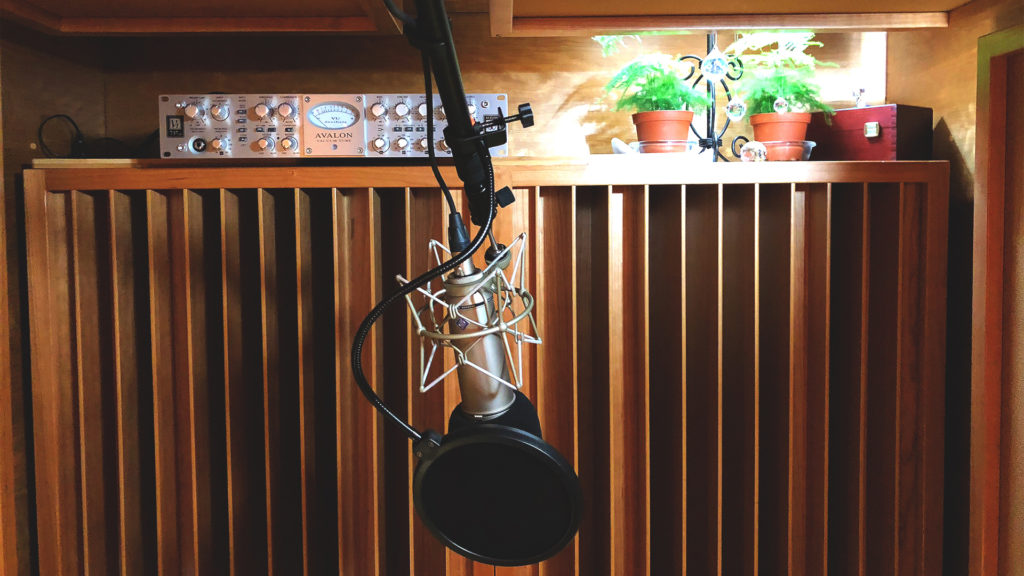
Vocal isolation is a term that refers to the process of noise transmission. Noise transmission is sound energy (noise) moving from a source such as a garbage truck into your vocal room while you are inside and trying to record audio. The opposite can also occur when you are dealing with vocal isolation. Voice from your vocal room can leave your vocal room and disturb others in adjacent rooms or structures. Vocal isolation refers to barrier technologies which are designed to reduce the transmission of noise at all frequencies and hopefully all amplitudes or strengths. Vocal isolation also refers to the noise floor within the vocal room. The noise floor of a room is the amount of noise that is already within the room due to lack of treatments and vocal isolation structures. The noise can come from HVAC, air movement, and a host of many other variables that can increase noise levels. https://www.techopedia.com/definition/2025/noise
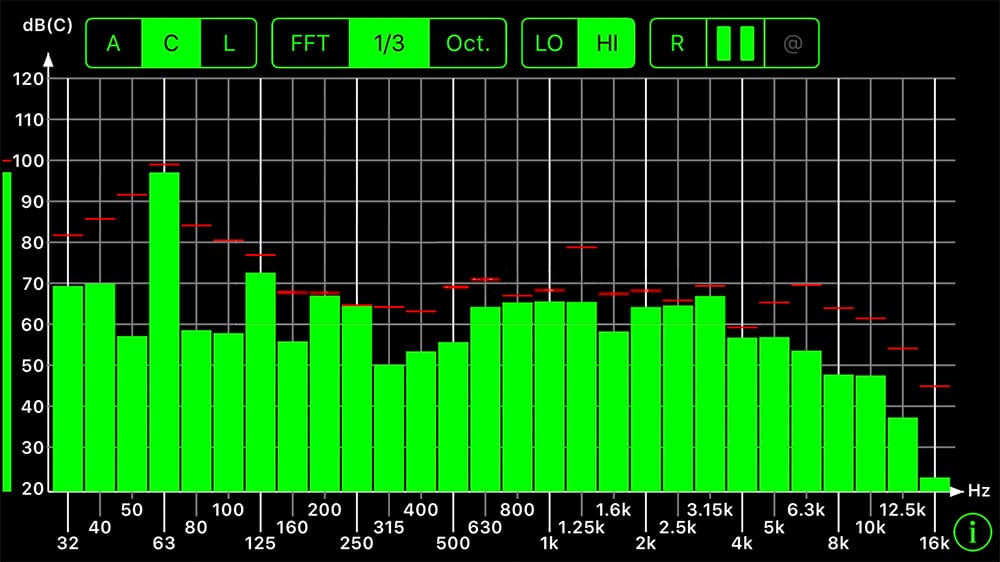
Measure noise levels first
How do we stop noise using vocal isolation techniques? We first measure the noise issue that we have. We must measure the frequency and amplitude of the noise issues so we can then design and build the appropriate barrier to reduce the noise levels. Sound is like water. It will find the weakest link in any structure and go through it. If we quantify the noise issue and qualify which frequency and amplitude it is based upon then we are headed in the right direction when it comes to building the appropriate barrier we will need to use to minimize noise transmission. Building the correct barrier is strictly dependent on the frequency and amplitude of the noise issues and each material type is based upon the frequency and amplitude of the measured noise. Noise levels and frequencies below 125 hz. require different materials and construction methodologies for noise above 125 hz.
https://en.wikipedia.org/wiki/Noise_barrier
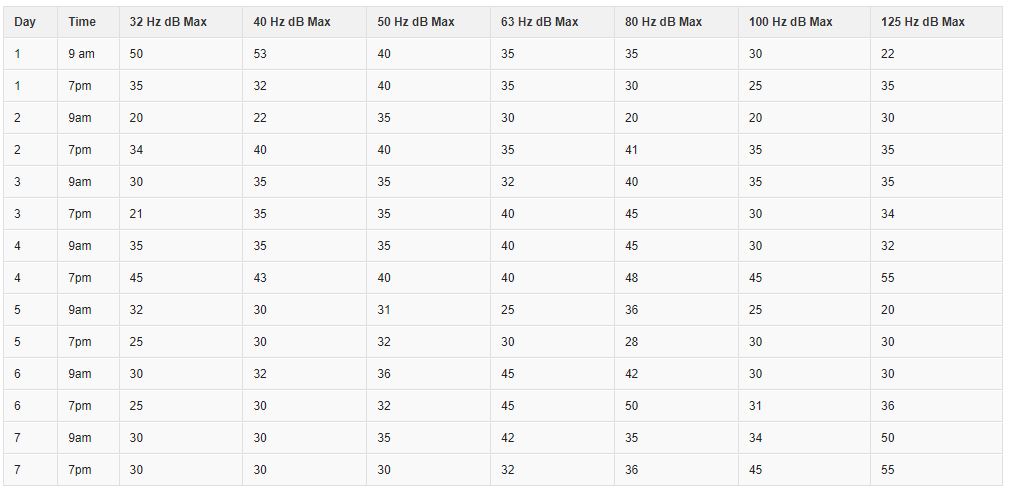
Record noise levels for 7 days
How do we measure noise? Our first objective is to measure the noise over the time periods of the room usage. The noise levels in most areas decrease as human activity decreases. Those that work late at night and into the early morning hours are faced with different noise frequency and amplitude issues as those that work during the day during peak noise levels. At Acoustic Fields, we have apps that you download on your phone. You take readings twice a day following our instructions. You record noise during the quietest part of the day you will be using the room and you record the noise levels during the loudest part of the day. These numbers are known as minimums and maximums. We design for the maximum pressure levels. With this approach the minimums will be taken care of. https://www.acousticfields.com/sound-barrier-technology/
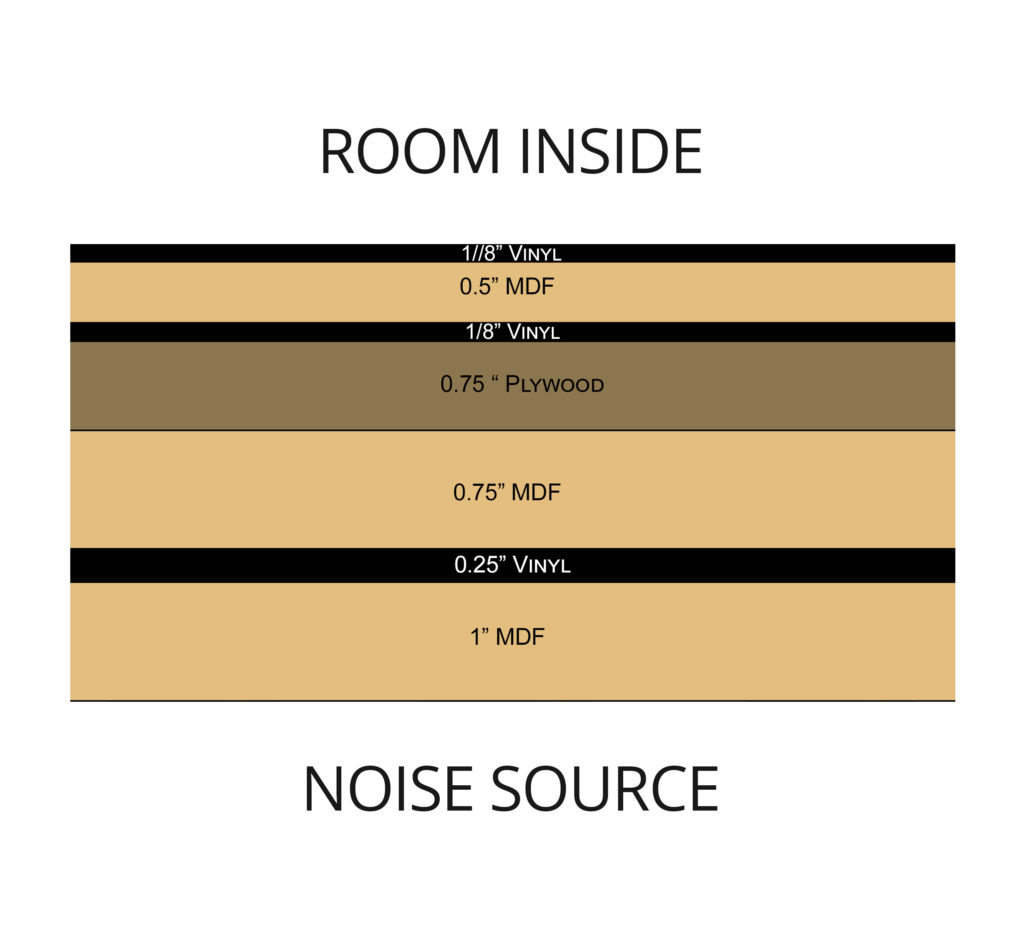
Building a noise barrier to minimize noise transmission
We can simulate elecronically the pressure levels within any room usage. What we do not know are the frequency and amplitudes of the ambient noise levels in the neighborhood and suurounding areas. The barrier that we will contruct to treat the measured noise numbers will be a ratio of the noise numbers outside to the noise numbers that will be produced by the room usage. Let’s use a drum room as an example. In drum rooms, pressure levels can reach 120 dB peaks. A normal outside ambient neighborhood noise level is 65 – 70 dB SPL. That is a 50 + % gain in room sound over neighborhood sound. Our goal is to blend in with the neighborhood noise levels. However, when the pressure levels inside the room are 120 and the neighborhood is 65 dB SPL, we must build a barrier that can minimize the transmission of this large pressure variance.
https://www.acousticfields.com/recording-studio-design-service/
Drums are full range intruments. We must be able to stop low-frequency transmission of sound down to 40 Hz. This will require a barrier that is made of many layers of certian material types that will all work together to minimize vibration transfer of energy. The barrier could average between 6″ – 8″ thick and be composed of many different layers of materials that are placed together in certain ways to minimize the vibrational signature of energy transmission through solids. Contrast this large energy source with vocals which will require less barrier density for voice leaving the room but may require more barrier density if outside noise sources are bleeding into the vocal room.


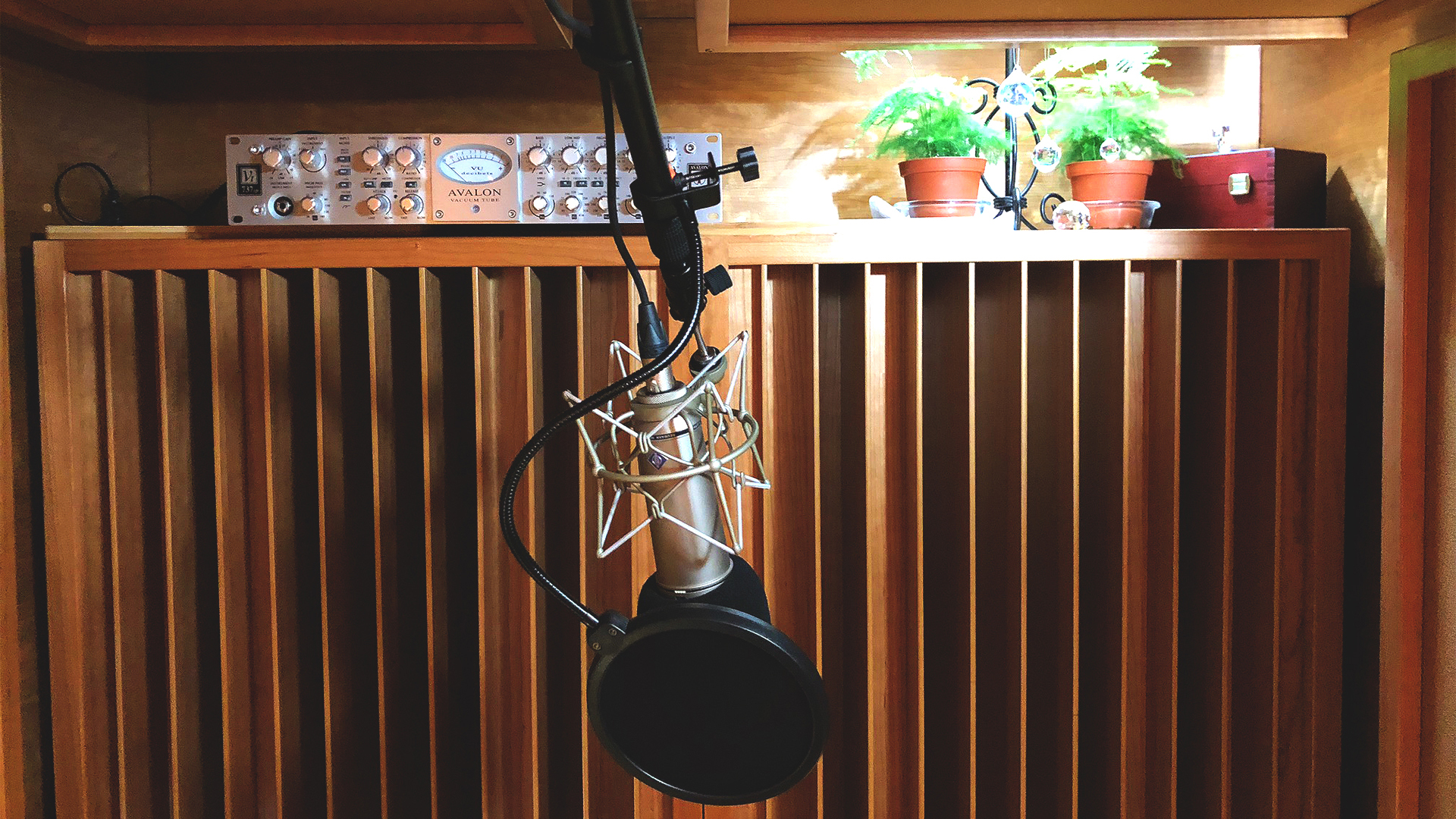



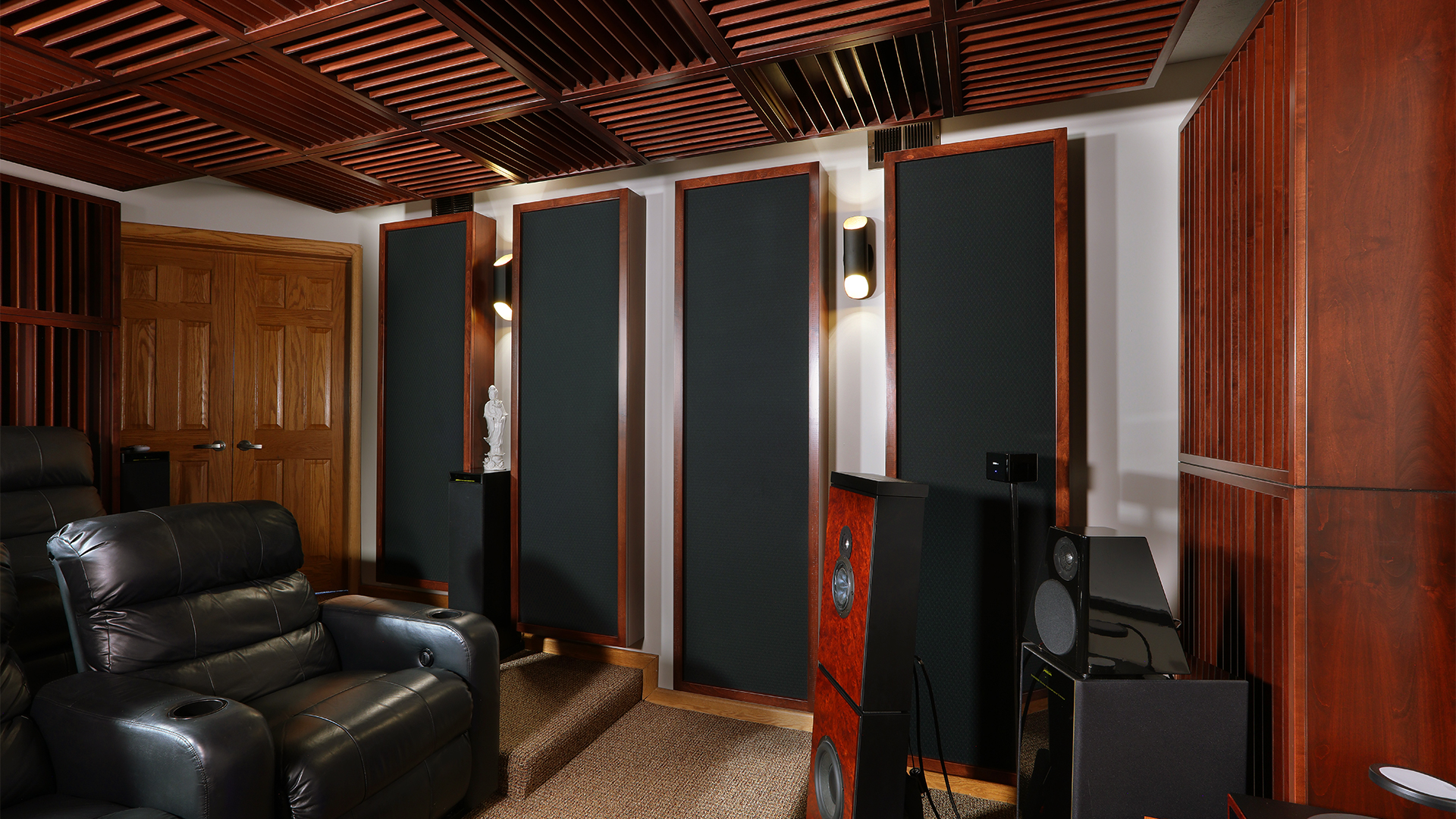

The discussion on ductwork noise transmission from Acoustic Fields highlights crucial aspects of HVAC system acoustics. The movement of air…
Great build plans. thank you Denis
You must use absorption. Never place a chair against a wall.
A friend and I built several diffusors using these plans and they turned out absolutely beautiful. Very good instructions and…